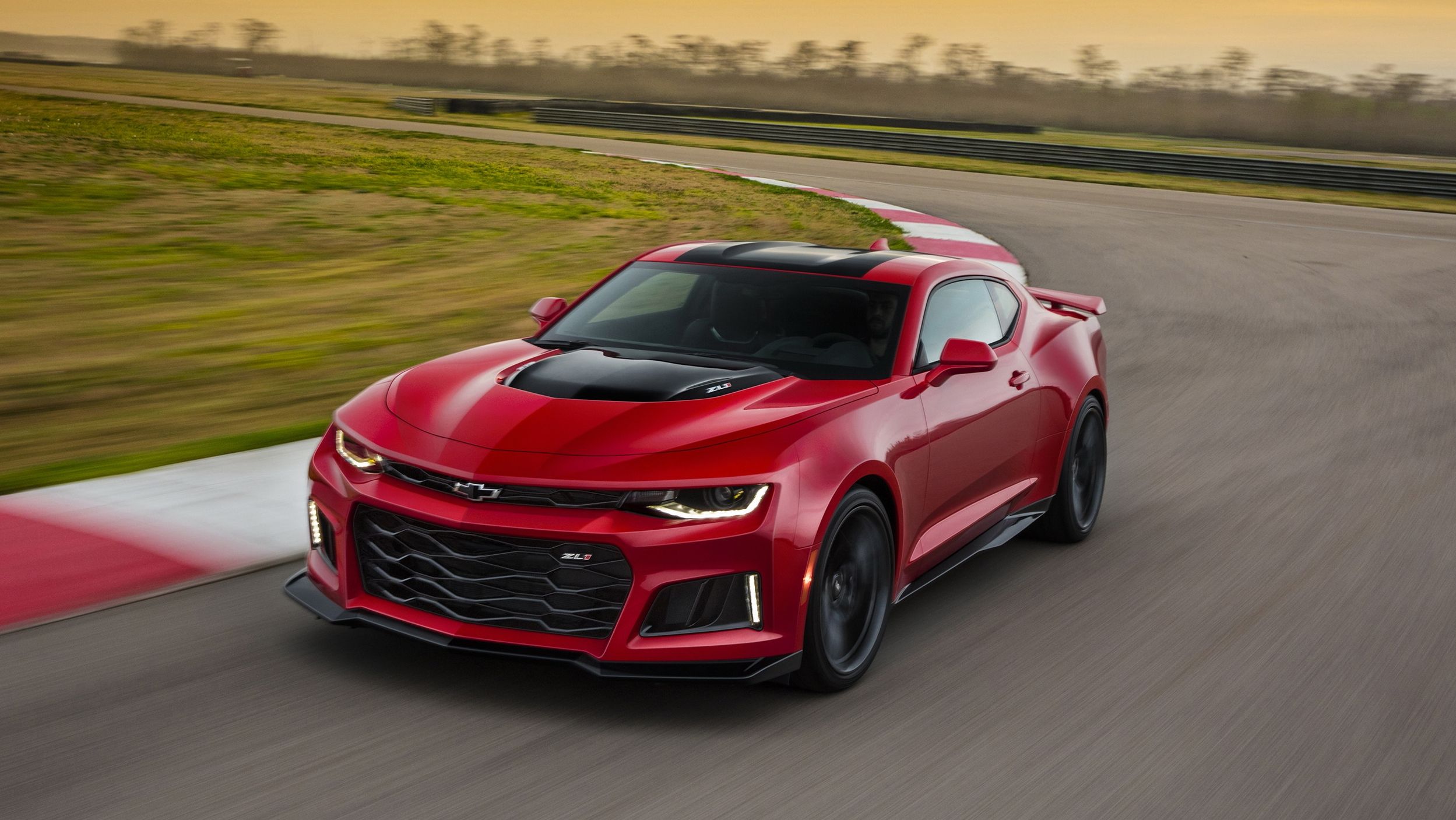Arguably the biggest rivalry in the American auto industry will sign a truce in 2017. Having fought for supremacy on the muscle car market since 1966, the Ford Mustang and the Chevrolet Camaro will share a transmission starting next year. The unit in question is a ten-speed automatic gearbox co-developed by General Motors and Ford Motor Company. The cooperation began back in 2013, when the companies jointly announced that they would team up to develop two new automatic transmissions - a nine-speed for front-wheel-drive vehicles, and a 10-speed for RWD cars.
It might have seemed impossible a few years ago, but the tighter fuel economy regulations and increasing development costs forced two longtime arch-rivals to work together for their future.
"It is surprising," said Gale Halderman, the man who designed the exterior of the first-generation Mustang. "Back in my time, we couldn't even talk to anybody from GM."
The new 10-speed transmission will make its debut on public roads in the 2017 Camaro ZL1. The 2017 Ford F-150 is also slated to get the automatic transmission, while the Mustang and GM's full-size pickup trucks are expected to get it in 2018.
But despite sharing some internal components, the two transmissions will get different parts, as well as independent tuning when assembled into Ford and General Motors vehicles. Most likely customers won't even notice any similarities between the Camaro and Mustang with each brand using its very own software.
Continue reading for the full story.
Why it matters
Surely the biggest question on everyone's lips is why Ford and GM, two fierce competitors, teamed up on transmissions? Well, the answer is actually pretty simple. Developing a brand-new transmission from scratch is pretty expensive -- Ford alone invested $1.4 million -- and by sharing the product between them FoMoCo and GM were also able to split the costs. Also, with both companies planning to use it in popular vehicles such as the F-150 and Silverado, the new transmission will eventually be used in millions of cars over the next several years. Given the anticipated production volumes, the nine- and 10-speed transmissions likely made for a strong business case for both brands.
But how come Ford and GM preferred to build their own instead of buying gearboxes from suppliers such as ZF? The answer here probably lies in the fact that both wanted to get an edge on rivals that have to use transmissions from suppliers. Also, there's a big chance that buying from ZF would've been a bit more expensive for both Ford and GM. What's more, much like the eight-speed automatic developed for the Chevrolet Corvette, the 10-speed likely shifts quicker than any product available from ZF right now. The recipe is probably identical. Instead of developing a costly, unique transmission for sports cars such as the Mustang GT and the Camaro SS, Ford and GM built one that can be used in a sporty configuration in small cars and in a more efficient layout in SUVs and pickup trucks.
Because the transmission is also incorporated into at least 100,000 of trucks and SUVs sold every month, the costs of developing a gearbox that was optimized for track-oriented Mustangs and Camaros wasn't prohibitive.
And for those of you concerned that Ford and GM lost their minds with this cooperation, it's important to point out that these companies have worked together on other projects as well in recent years. The Ford Fusion and Chevrolet Malibu, for instance, also shared the same six-speed transmission, as did the Ford Escape and Chevy Equinox. Granted, none of those vehicles are as iconic as the Mustang and Camaro, but at the end of the day we must accept the fact that the industry is changing and that companies need to adopt new strategies in order for performance vehicles to survive.
Chevrolet Camaro
Read our full review on the Chevrolet Camaro here.
Ford Mustang
Read our full review on the Ford Mustang here.

